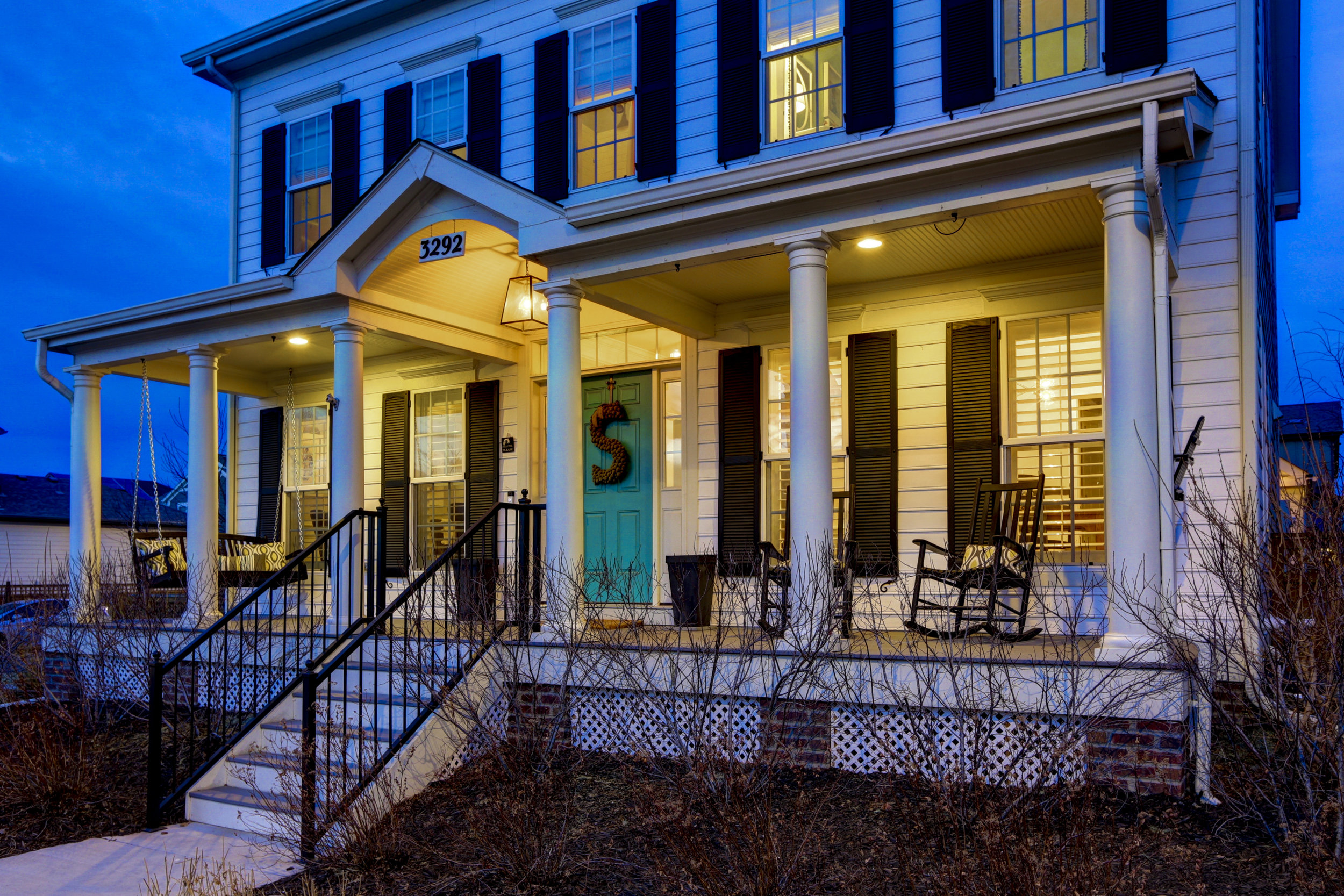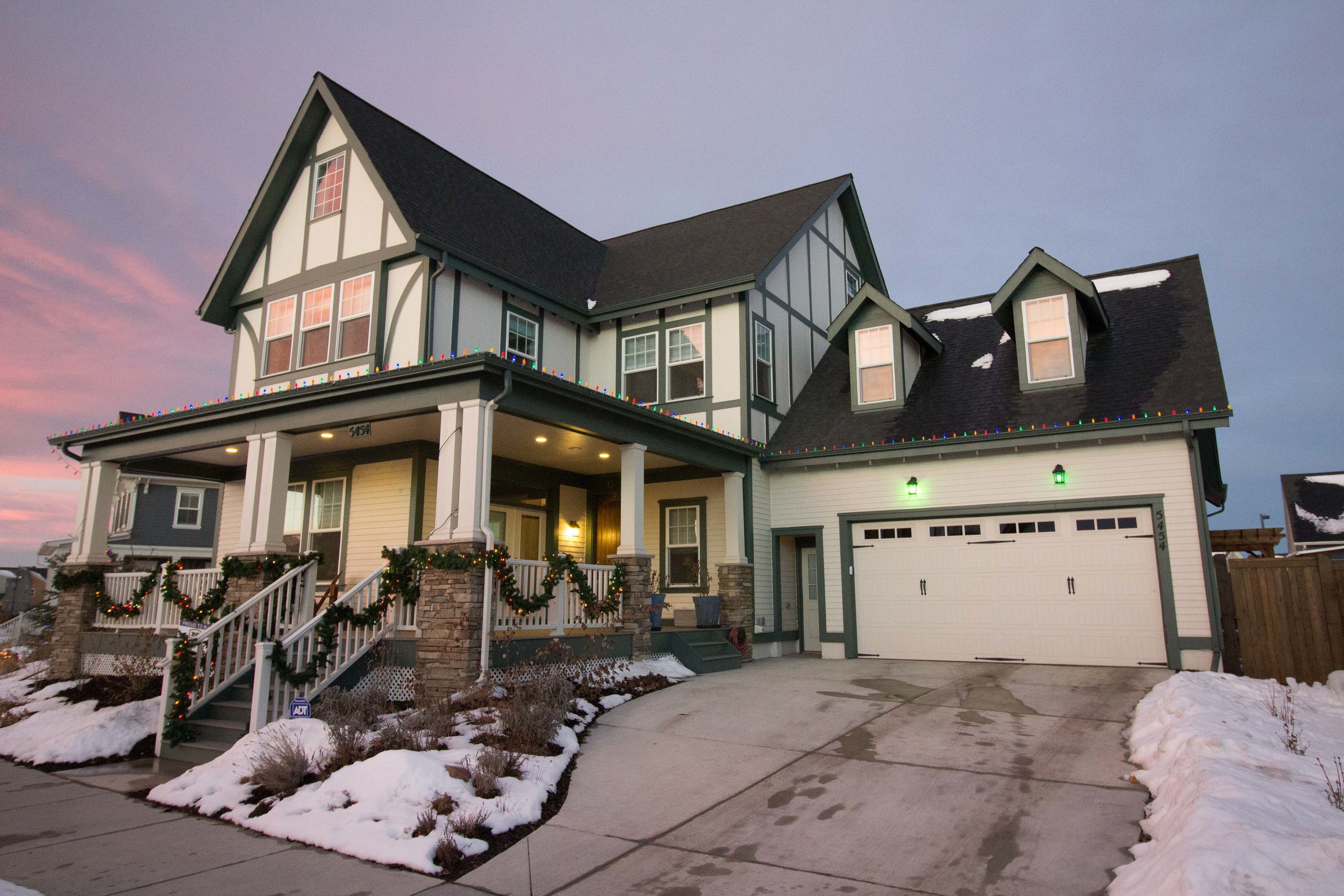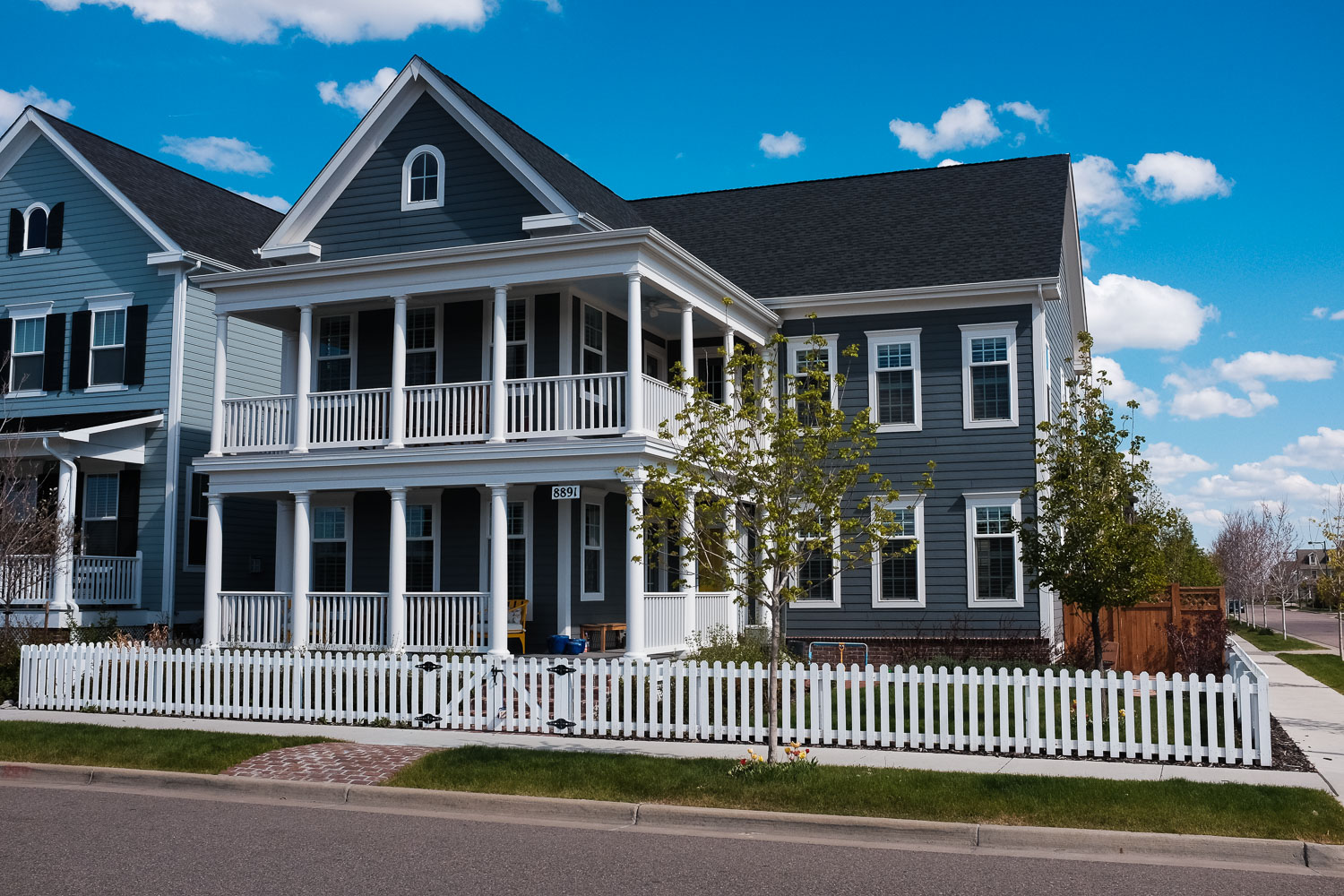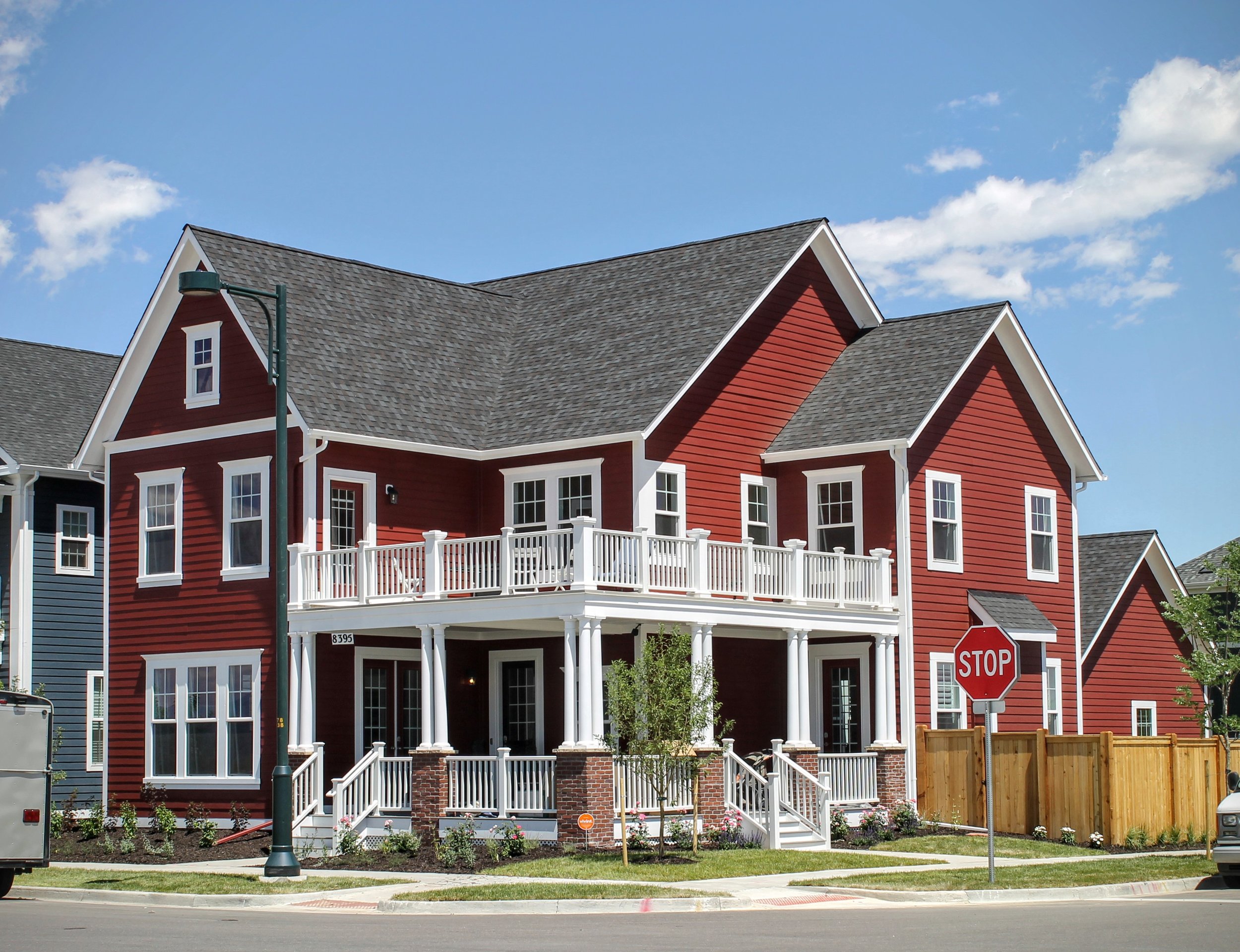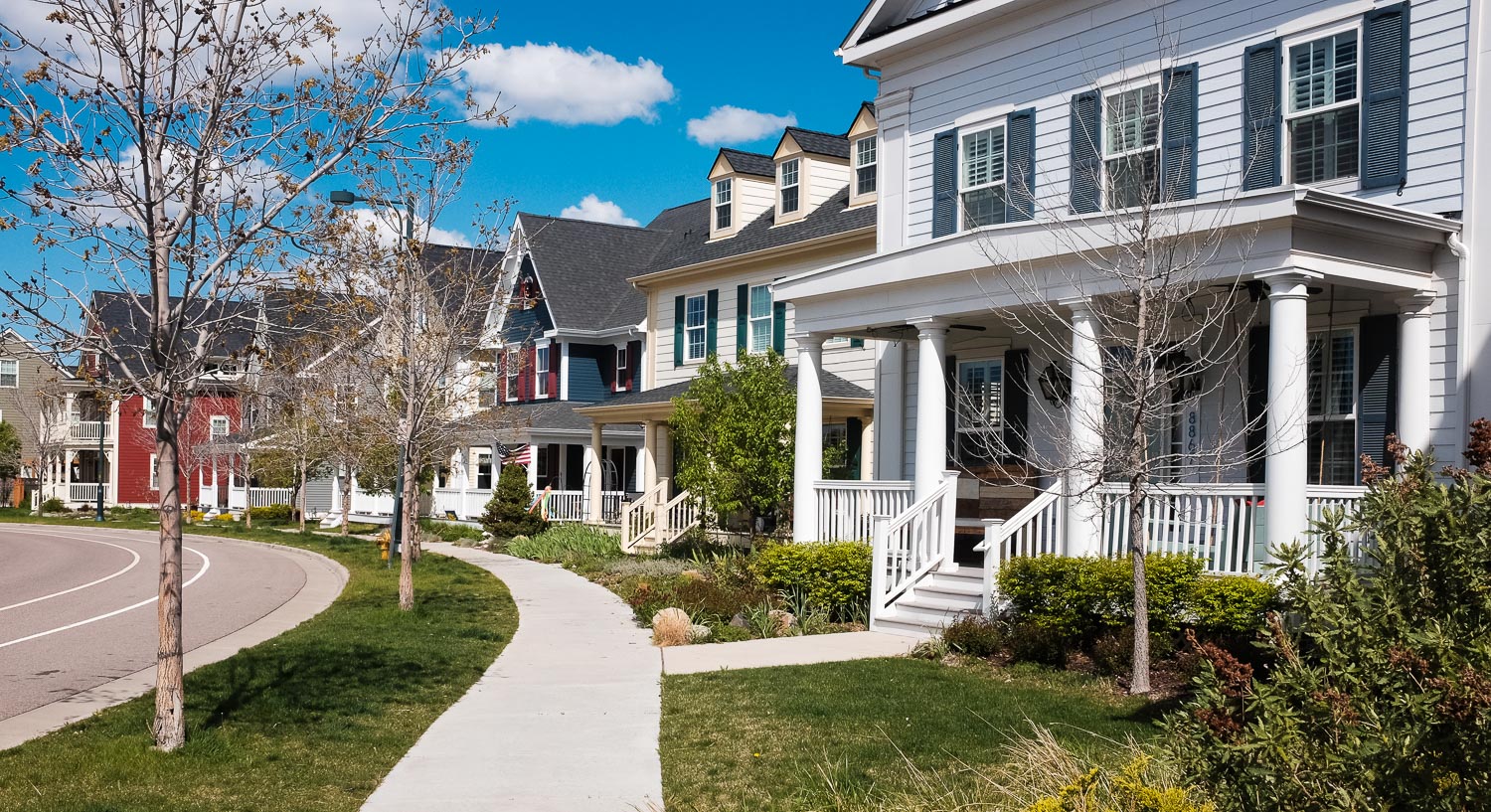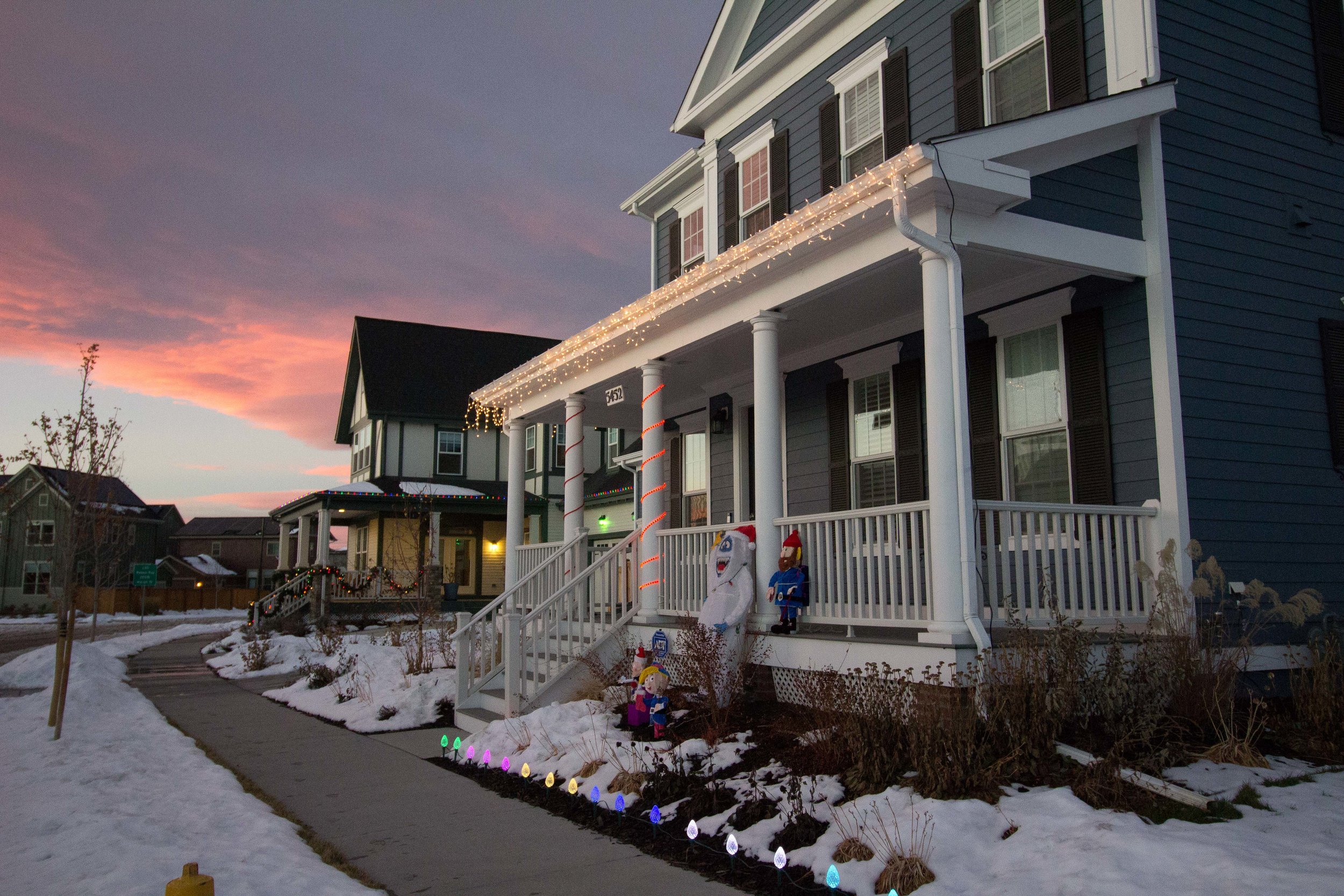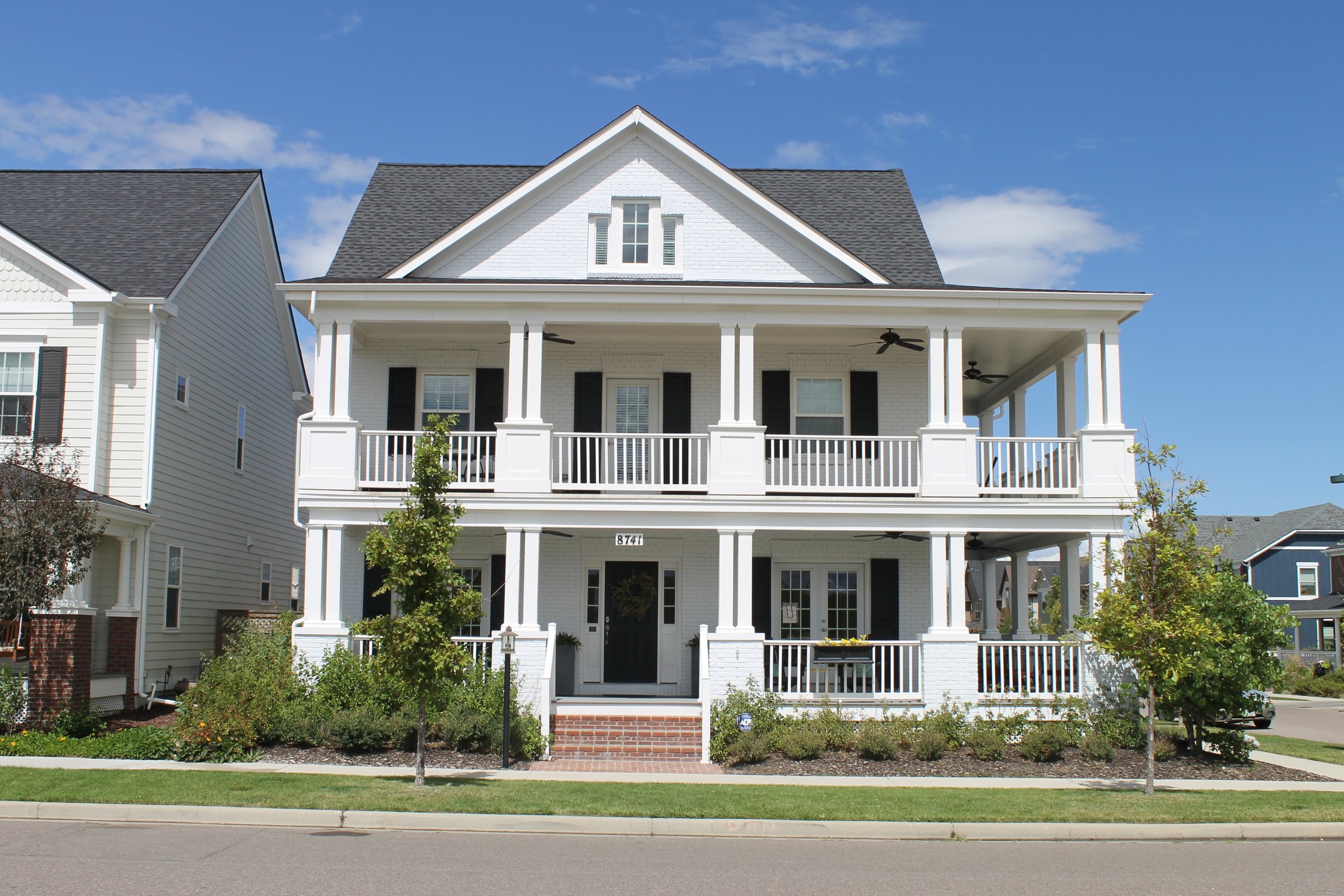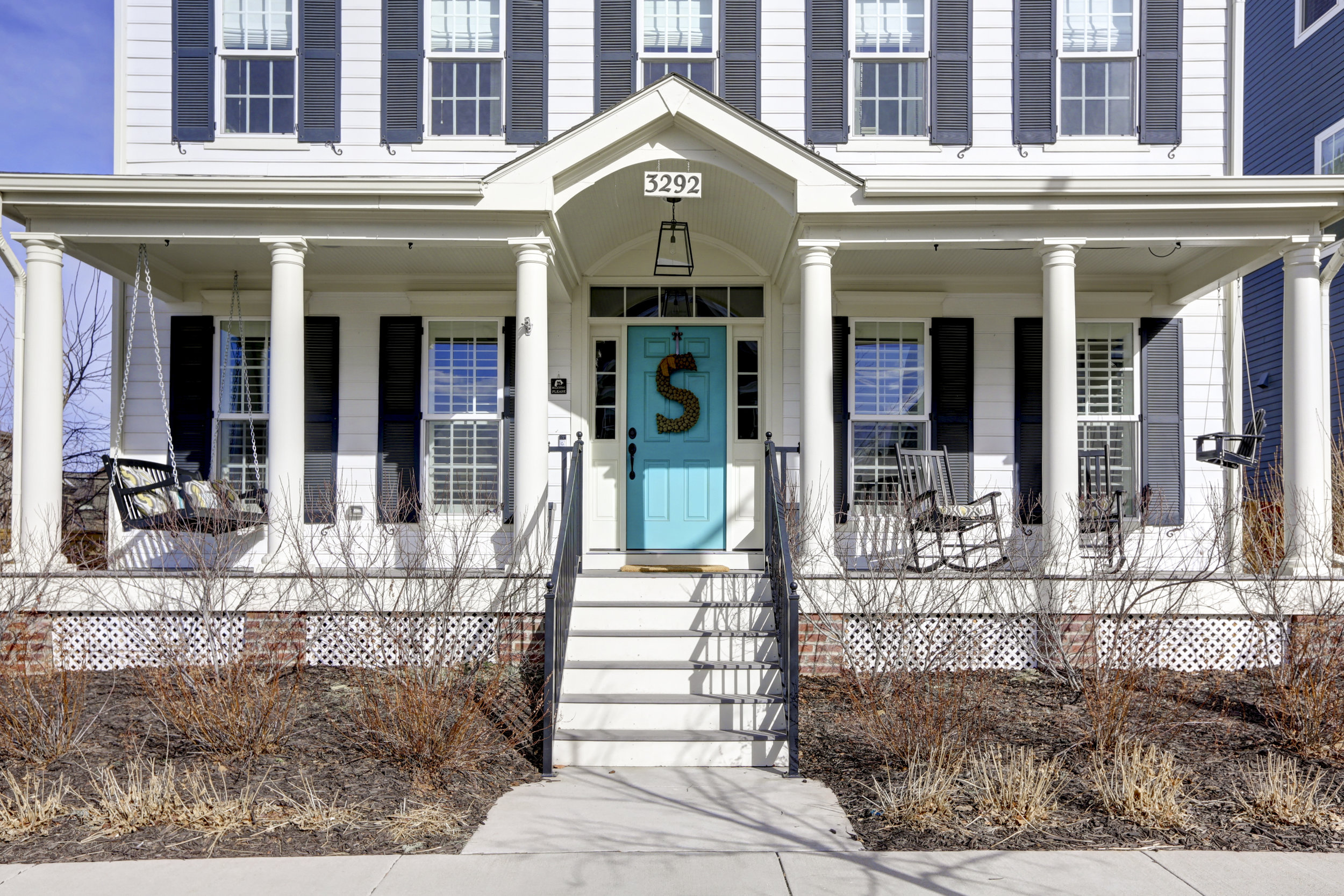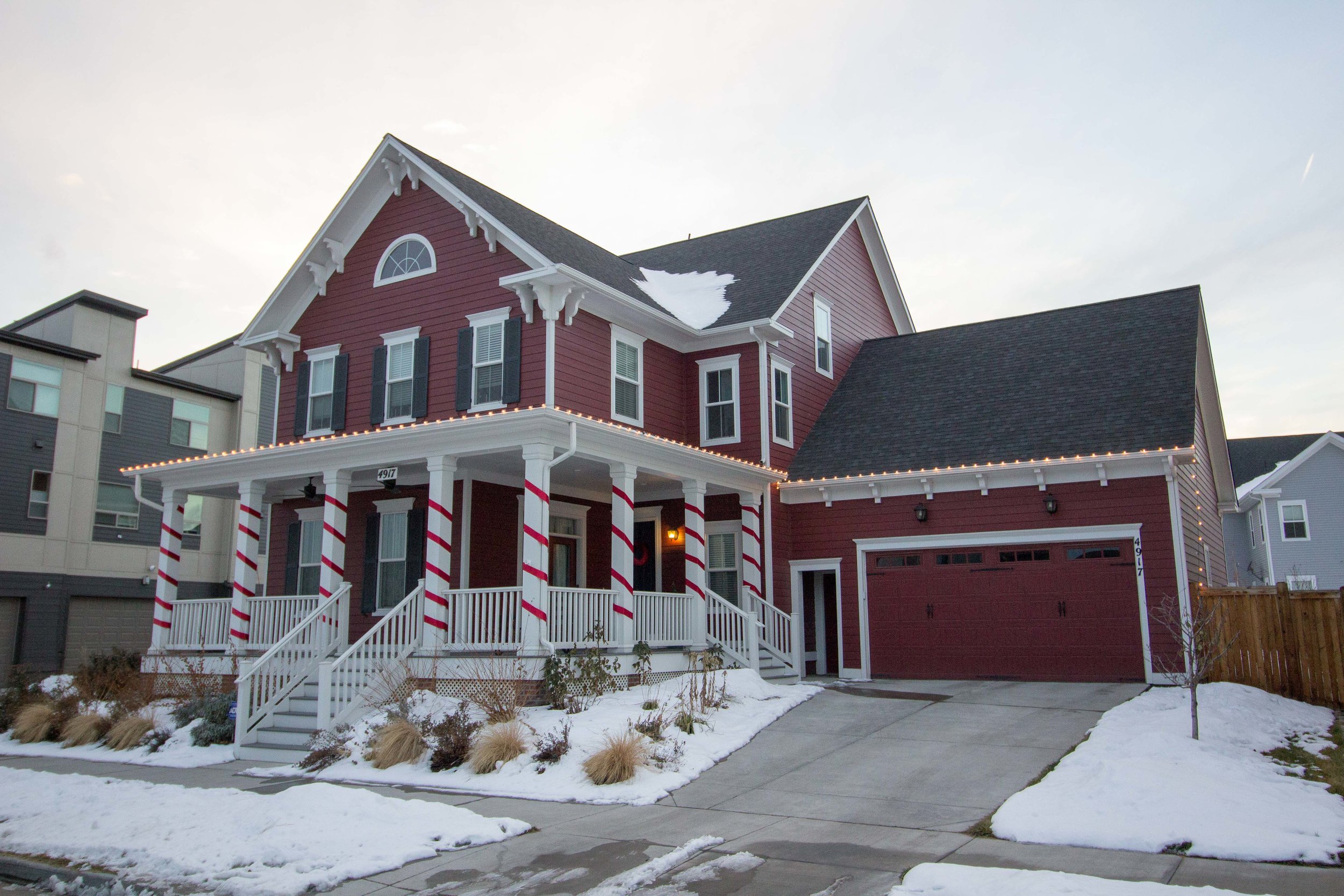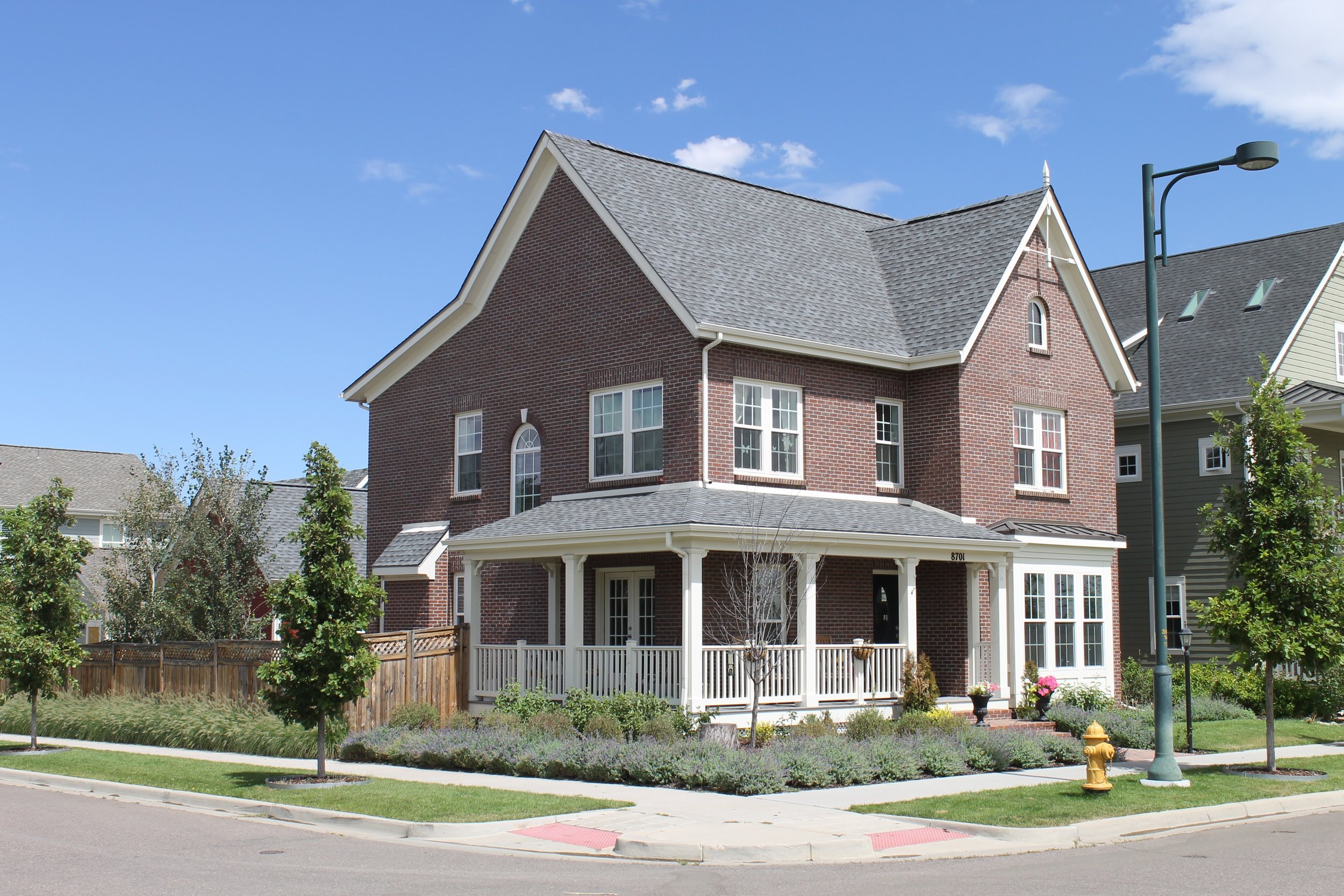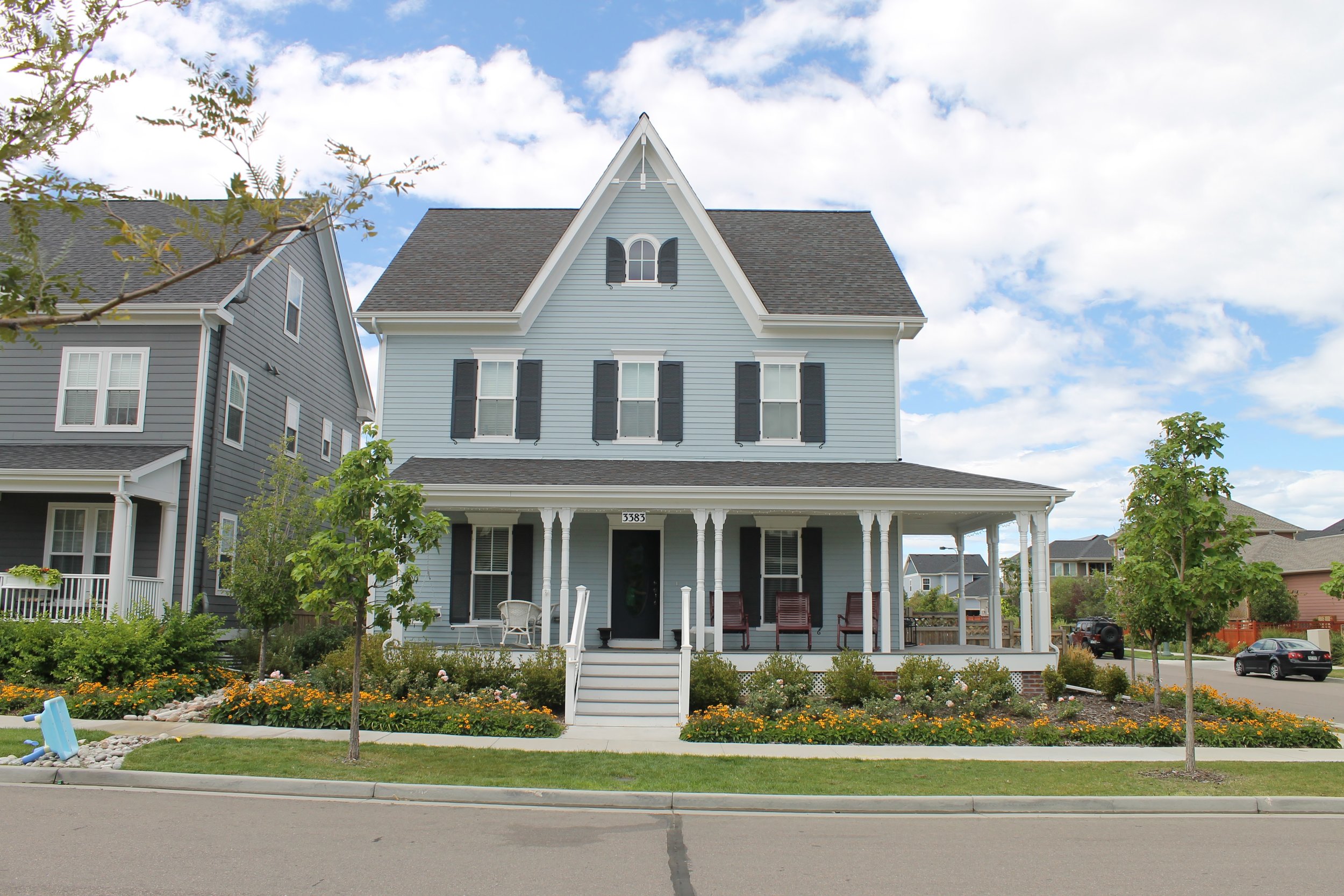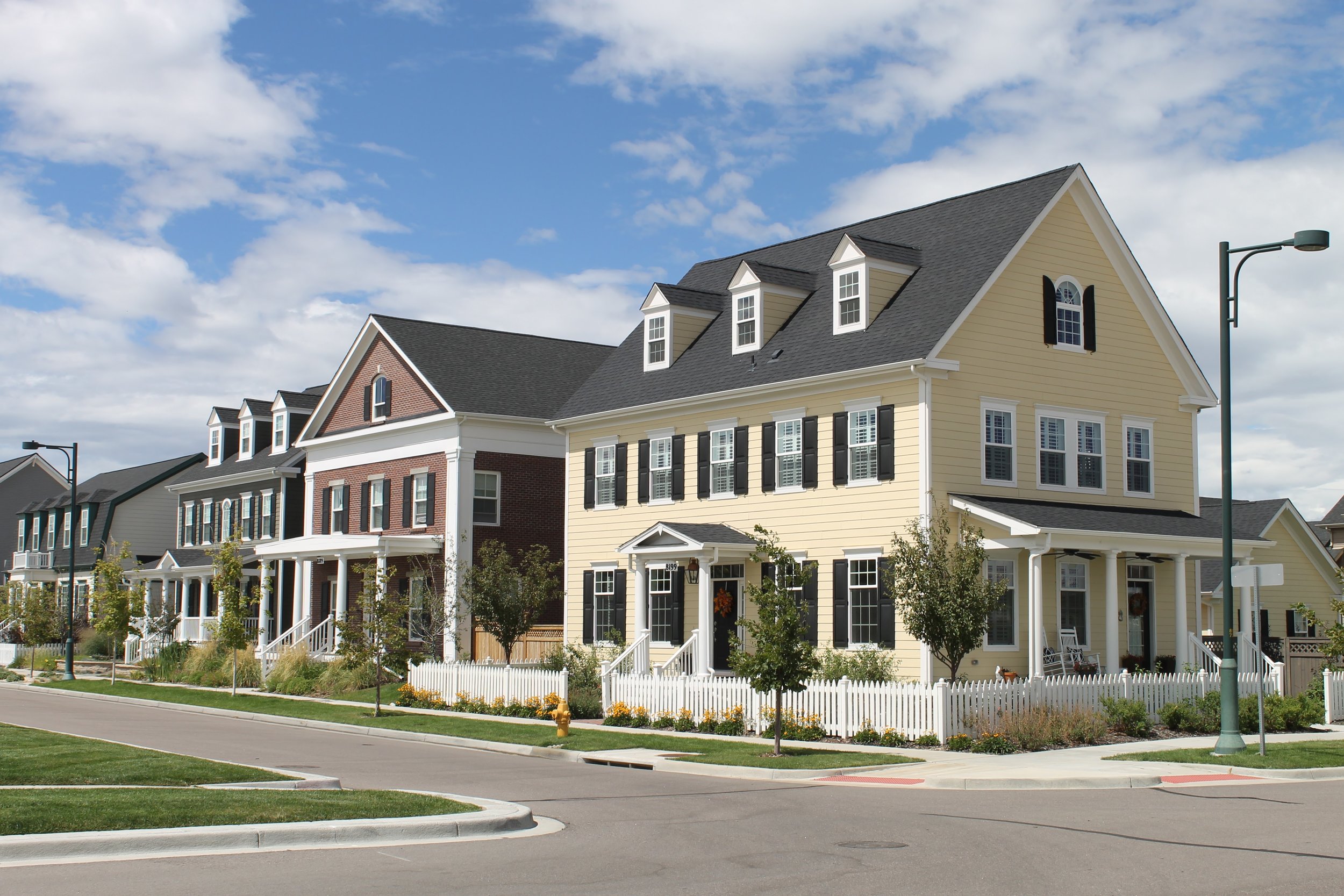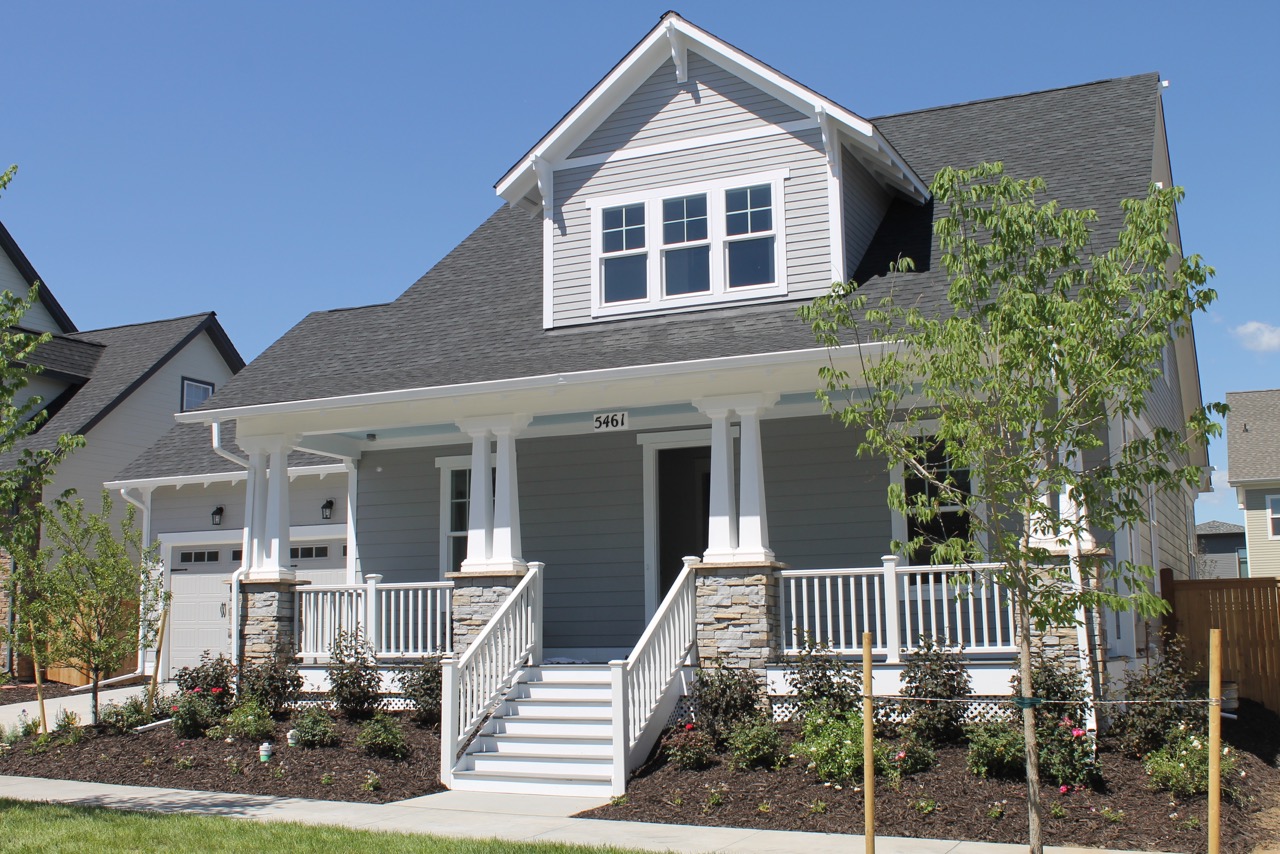By Simon Liu
Architecture reflects the character and culture of the people who build it. Through the 18th century, America’s character was in the process of being formed. Its culture hadn’t yet strayed far from its European roots, and its architecture was characterized by the various peoples who colonized the New World, the British, French, Spanish and Dutch Colonists. By the 19th century, several revivals were sweeping the nation such as the Greek, Italianate, and Gothic. It wasn’t until the mid-19th century when domestic architecture came into its own, adding something to our homes that was, at its core, American: the front porch.
Don’t get me wrong. The front porch wasn’t born of the Industrial Revolution. Long before television sets and air conditioned homes, the front porch was the living room of America. On hot summer days like today, it was an essential retreat from the stuffy indoors. Perhaps unsurprisingly then, it was the subtropical American South, not the mid-Atlantic colonies, where front porches first became widespread.
Engraving of New Orleans in 1872. Source
Founded by France, ceded to Spain and finally sold to the United States within a century of its inception, New Orleans has a tumultuous history that has only added to its rich culture. As the city changed hands between the Europeans and America, New Orleans’ African-American inhabitants remained and flourished.
“By 1810, in New Orleans, Blacks outnumbered Whites two-to-one, and there were almost as many free Blacks as Whites.”
–John Michael Vlach, 1978
It was during this time and place that the front porch emerged as a defining characteristic of the shotgun house, predominantly built and inhabited by Africans and Haitians. Originating in Haiti and possibly as far as West Africa, these one-story tall and one-room wide homes were built with hot, humid climates in mind. Shotgun houses were characteristically long and narrow, with tall doors, windows, and ceilings that provided better air flow and ventilation, and a porch that shielded sunlight and was itself a place to escape the heat.
Shotgun house in New Orleans, Louisiana. Source
It didn’t take long for the front porch to start appearing in other home styles around the country. Amid the economic and technological innovations of the 19th century, houses became easier and cheaper to build, yet it was the social changes which were most influential in making front porches a reflection of a unique American identity.
“The children might play in the front yard or the friendly confines of the neighborhood, while the parents rocked in their chairs, dismissing the arduous labors and tasks of the day into relaxation and comfort. Stories might be told, advice garnered, or songs sung. Whatever the traditions and manners of the family might be could be offered in this setting. What the family room or TV room of post-World War II America would become, existed first as the front porch.”
–Reynolds Price, 1992
The rapid urbanization and technological advances of the Industrial Revolution prompted a romantic reaction whereby Americans embraced nature and American landscape. Turning away from the hectic city life and environmental deterioration around the country, American Romanticism was reflected in the art and literature of the period, such as the Hudson River School of Painting and authors such as Ralph Waldo Emerson. In urban planning and architecture, romanticism led to the revival styles and the first suburbs. Established in 1857, Central Park is one of the most prominent examples of the many picturesque parks that were springing up in urban areas.
Aerial shot of Central Park in New York City, 1938. Source
The writings of landscape architect Andrew Jackson Downing were particularly significant in shaping American residential styles and for popularizing front porches. In his works, he wrote about front porches as an essential way to connect homes to the street: a hybrid of indoor and outdoor space.
"A porch strengthens or conveys expression of purpose, because, instead of leaving the entrance door bare, as in manufactories and buildings of inferior description it serves both as a note of preparation, and an effectual shelter and protection to the entrance."
–Andrew Jackson Downing, 1857
Despite its brief decline in the 20th century, front porches would become a near-ubiquitous part of domestic architecture and a cornerstone of American community and identity. It began in the early 1980s, when husband-wife duo Andres Duany and Elizabeth Plater-Zyberk designed a groundbreaking community in Seaside, Florida based on New Urbanist principles. Parkwood Homes founder Steve Wilcox, then working for developer Joe Alfandre, helped Alfandre, Duany and Plater-Zyberk design the world’s second New Urbanist community, the Kentlands, where Parkwood Homes was founded and is still headquartered today. Returning to building communities designed for people rather than cars, New Urbanist communities around the country designed walkable neighborhoods, with mixed-use lots and green space, and homes, built closer to the sidewalk and with inviting front porches.
Parkwood Homes was founded and is currently headquartered in the Kentlands, Maryland.
Returning to building communities designed for people rather than cars, New Urbanist communities around the country designed walkable neighborhoods, with mixed-use lots and green space, and homes, built closer to the sidewalk and with inviting front porches.
The front porch, like the mudroom, is a transitional space between the indoors and outdoors. However, unlike the mudroom, where families organize their belongings, the front porch is a space where people can spend free time as a family and as a community.
Mark Twain, 1905. Source
“The master's farm business, the mistress's selections of goods and produce, the home craftsmen's sales, and sundry negotiations of the cooler sort (with the hired man, the foreman, the slave or house servant, the distressed or disgruntled neighbor, even with the unpredictable stranger from the muddy road) could all be conducted in the civil atmosphere offered by the shade of a prominent porch, apart from the sleeping and feeding quarters and without serious risk to the family's physical and psychic core.”
-Reynolds Price, 1992
The cultural significance of the front porch is most clearly illustrated in American pop culture. From Harper Lee’s classic American novel, “To Kill a Mockingbird,” to Ice Cube’s comedy, “Friday,” the front porch is a part of the narrative, where characters spend time with their family and have a safe place from which to interact with their community (Although, we’ll ignore the scene in “Friday” where Smokey and Craig narrowly escape a drive-by shooting). In each work, the front porch serves as a place where family and community ties are strengthened in a way that would not have been possible in its absence.
Suburban sprawl and the automobile in the 20th century had nearly killed off the American front porch when New Urbanism, pioneered by Duany and his wife Plater-Zyberk, helped the country realize how important architecture was to fostering a sense of community and sense of place. Culture influences our architecture and conversely, our homes influence our actions, both towards our family and our community. And if your family is looking for something to do on a warm summer night, why not kick it on the front porch? Who knows, you might get to know your neighbor.
